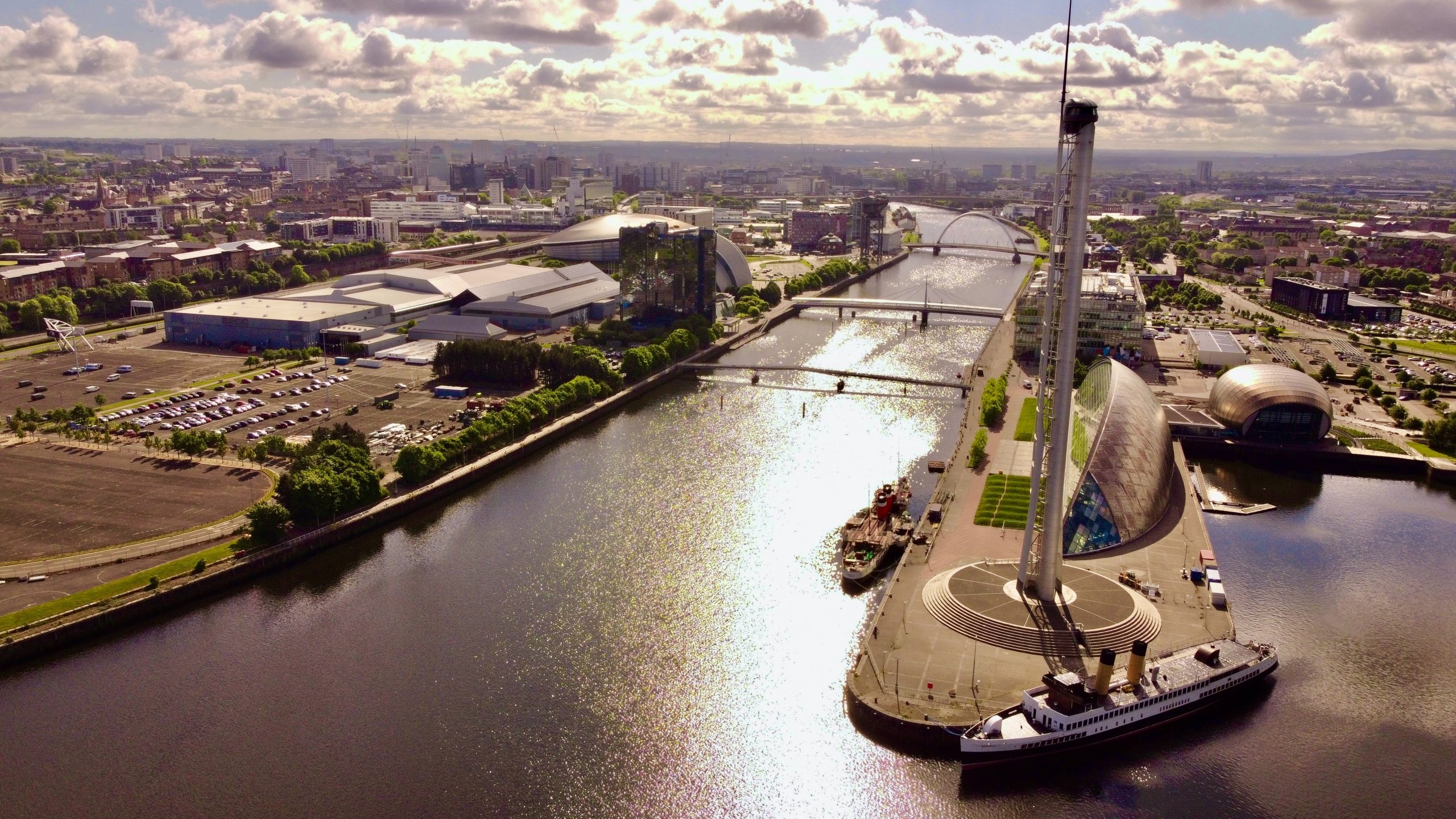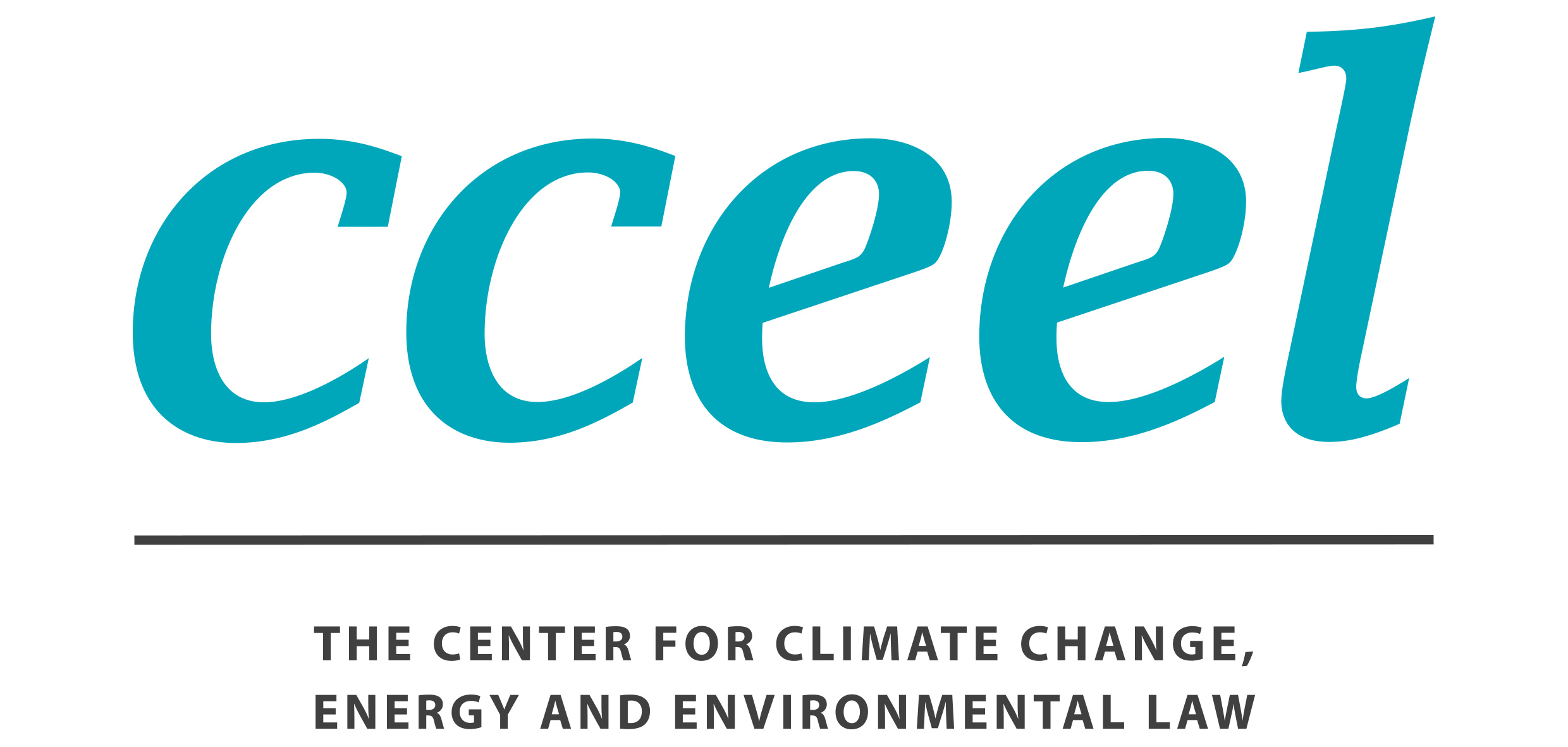COP26: What to expect?

By Nicola Sharman, PhD Researcher. First published in the 2035Legitimacy blog on 28 October 2021.
On 1 November, delegates from around the world will come together for two weeks at COP26 in Glasgow, Scotland, to discuss the international response to climate change. After a one-year delay due to the pandemic, the Glasgow conference marks a critical moment for countries to strengthen their collective commitments to address the climate crisis. Here, Nicola Sharman explains the significance of COP26, five key issues on the agenda, and the challenges ahead.
What is COP26?
COP26 refers to the twenty-sixth session of the Conference of the Parties to the United Nations Framework Convention on Climate Change (UNFCCC), the international treaty under which almost all countries around the world have agreed to cooperate to address the climate crisis. Each year, the COP brings together government officials and policymakers to discuss climate action, as well as a broad range of other stakeholders (including subnational governments, business representatives, academics and civil society NGOs) looking to network, share knowledge and influence decision-making. This year, around 30,000 delegates are expected in Glasgow.
What have countries agreed to do to combat climate change so far?
Since 2015, the focus of the annual conferences has been on the Paris Agreement. The Paris Agreement sets the goal of keeping global temperature increases to well below 2°C above pre-industrial levels, and taking efforts to limit warming to no more than 1.5°C, in order to limit the worst effects of climate change.
To mitigate climate change, countries must each make and implement self-defined targets – known as Nationally Determined Contributions (NDCs) – to mitigate their greenhouse gas emissions according to their highest possible ambition. In addition, developed countries are expected to provide financial, technological, and capacity-building support to developing countries to help them limit their emissions and adapt to the impacts of climate change.
This pledge-and-review model was adopted after political disputes as to the allocation of responsibility interfered with the previous arrangement, the Kyoto Protocol. The Protocol imposed quantified emission reduction obligations on developed countries, but not developing countries, and this split approach ultimately led to the United States refusing to ratify the treaty and Canada pulling out. The Paris Agreement was instead carefully negotiated to encourage the broadest possible participation due to the flexibility it leaves to nation states, while also creating strong political expectations that each country should play their part.
Why is this year’s conference so important?
While the need for countries to act grows more urgent with each passing year, critics question whether the Paris Agreement’s pledge-and-review system will be able to produce enough ambition.
Against this background, COP26 is considered by many to be a key milestone for the Paris Agreement and decisive moment for determining the possible extent of its success. This is in large part because it is the first COP session since the formal deadline passed for the renewal or update of the parties’ NDCs, which 49 parties covering almost 50% of the global population have yet to do. It is also the last COP session before the first global stocktake begins. The global stocktake is the process to assess the collective progress that has been made towards implementing the Paris Agreement and achieving its purpose and long-term goals.
What needs to be achieved?
There are several key issues upon which the perceived success of the conference hinges:
Securing strengthened NDCs: The core express aim of COP26 is to ‘keep 1.5 degrees within reach’. According to a recent UNFCCC report, the national pledges currently on the table are falling significantly short of the temperature goal, instead putting the world on track for continued emissions growth until 2030 and a 2.7°C increase by the end of the century. At this stage, we can’t expect the emissions gap to be entirely closed, but securing stronger mitigation commitments from key players will be crucial to maintaining faith in and momentum behind the Paris Agreement. A number of key countries such as Brazil and Russia have so far disappointed by not raising their ambition in their latest NDC submissions. Now, the spotlight is firmly on other major economies such as China and India, who have yet to submit a new or updated NDC.
Delivering climate finance: In 2009, developed countries agreed that they would mobilise at least US$100 billion in climate finance a year by 2020, from both public and private sources. This financing is intended to support low-income countries who lack resources to make emission reductions and increase their climate resilience. However, it has become apparent that the 2020 target has been missed, and how the financing should be mobilised remains unclear. This is a fundamental issue and essential for maintaining trust between the developed and developing world. On 25 October, the UK COP26 presidency, in conjunction with Germany and Canada, published a Climate Finance Delivery Plan that projects the finance goal will slip until 2023, which some developing countries have responded is still not good enough. It was also agreed at Katowice in 2018 that a new and increased finance target to must also be negotiated prior to 2025 and applied from 2025 onwards.
Agreeing carbon market trading rules: Article 6 of the Paris Agreement provides for parties to cooperate to meet their mitigation commitments through the use of carbon emissions trading, which proponents argue will enable deeper emission cuts and improved climate finance flows. Two market mechanisms are envisaged – one under Article 6.2 that allows for bilateral emissions trading between countries and one under Article 6.4 that allows for international trading amongst both public and private sector entities of carbon credits gained from offset projects. But countries have so far been unable to agree on detailed implementation rules for these two mechanisms. It is a complex area which will rely on consistent methods for measuring, verifying and monitoring offsets and there was disappointment when the outstanding issues were not resolved at COP25 in Madrid. Time is now of the essence in this area and countries are under significant pressure to bridge their differences at COP26.
Mobilising climate action by non-state actors: Increasing attention has been paid in recent years to the instrumental role of voluntary climate action by subnational governments, cities, businesses and investors in achieving the goals of the Paris Agreement. The Race to Zero campaign has aimed to build momentum behind global climate action by encouraging such actors, who can have vast economic influence, to commit to achieving net-zero emissions by 2050. It has become an important focus of the Glasgow conference, where the progress in this domain will be showcased.
Finalising other technical details: Other outstanding issues are technical in nature but crucial for the effective operation of the Paris Agreement. This includes deciding whether a common timeframe for the 2025 NDCs should apply, meaning that all countries’ emission reduction target dates and the implementation periods for meeting those targets would be synchronised. Additionally, countries need to agree on the detailed format according to which they will report on their emission reductions and other climate action under the Transparency Framework created by Article 13 of the Paris Agreement. These reporting requirements are essential for keeping countries accountable to one another, for maintaining trust and to allow progress to be monitored.
What are the challenges and likely outcomes?
Making progress on these key issues at COP26 will require substantial political will, and contextual political and socioeconomic factors such as the pandemic and the ongoing energy crisis have set a particularly challenging backdrop.
COP26 has of course also had the additional logistical challenge of occurring during a global pandemic. Aside from the initial one-year delay, travel obstacles, prohibitive costs, and health risks remain a severe concern. Many fear that these factors will result in the exclusion of representatives from low-income countries, vulnerable groups and other minorities, which resulted in calls from environmental groups last month that it should be further postponed.
Nonetheless, an extensive amount of diplomatic work continues amongst political leaders in the lead-up to COP26, as new developments emerge on almost a daily basis regarding the stances that countries are preparing to take. As co-president and host of COP26, the UK has had a particularly key role in demonstrating leadership, which it has done for example through the announcement of its own net zero climate strategy last week. At the same time, the credibility of the UK’s role may be called into question due to the government’s planned approval of the new Cambo oilfield in the North Sea.
Elsewhere, the US and China have been specifically called upon to find common ground with regard to their climate commitments before delegates convene in Glasgow, while reports that the Chinese and Russian presidents, Xi Jinping and Vladimir Putin, will not be attending have been met with disappointment. Previous optimistic rhetoric is now being replaced by doubt and concern about whether COP26 will achieve what it needs to.
We will begin to find out what the culmination of all these diplomatic efforts will be as the conference gets underway next week.
Photo by Stephen O’Donnell on Unsplash.
